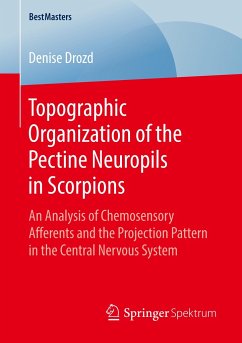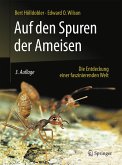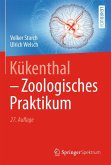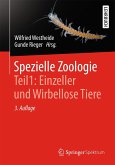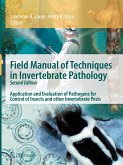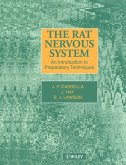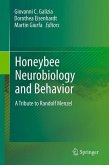Chelicerates do not possess dedicated antennae like the Mandibulata but have evolved their second sets of appendages into the eponymous chelicerae. In scorpions, pectines are specialized comb-like structures, located on the ninth body segment, used for examining the substrate for chemo- and mechanosensory signals. The comb teeth, or pegs, are truncated beveled structures facing the substrate for probing, and are studded with numerous sensory receptors. Afferents from the pectines project into a distinct neuropil of the central nervous system, located behind the fourth walking leg neuropils. Denise Drozd analyzes afferents of single pegs in Mesobuthus eupeus by backfilling, combined with immunohistological labeling of neuropil regions. Her results suggest a topographic representation of the chemosensory fibers within the pectine neuropil instead of the typical chemotopic representation.
Hinweis: Dieser Artikel kann nur an eine deutsche Lieferadresse ausgeliefert werden.
Hinweis: Dieser Artikel kann nur an eine deutsche Lieferadresse ausgeliefert werden.

